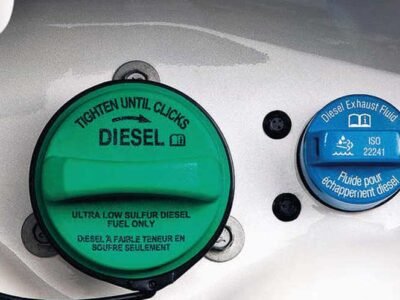Buying a quality used car can be a financially sound decision, mostly due to new-car depreciation. However, when it comes to buying second-hand, it can be hard to separate the wheat from the chaff. Here are some tips to help you avoid making a bad purchase.
Tire Wear Versus Mileage
You can tell lots about a vehicle by its tires. For instance, a ride with 12,000 miles on it should still have its new rubber. In fact, you should always note the vehicle’s mileage versus its overall condition, particularly the steering wheel, shift knob, driver’s seat – and tires. If the vehicle indicates more wear than the odometer suggests, that’s a used car red flag to avoid.
The Vehicle’s Smell
You can pretty much tell how well the car you’re interested in was cared for by how the cabin smells. For instance, odors indicating mold could mean the car’s been in a flood. Not good. Or you may be able to detect that the owner is a smoker. Such a smell is not easy to get rid of.If you get a whiff of something suspicious, steer clear.
Weird Engine Noises
Are a few dings or scratches acceptable to you? If so, it’s understandable. However, you do need to pay close attention to how the engine sounds. Hearing an odd noise coming from the engine should prompt you to walk away, as should smelling smoke under the engine compartment, or seeing an oil splatter on the pavement. Trust your instincts – and your senses.
Odd Meet-Up Times and Locations
Be on alert for sellers who wish to meet you in a sketchy area or at odd hours of the day. This could be a sign that the seller isn’t on the up-and-up. If he or she doesn’t seem to want to meet with you in broad daylight and at a safe location – a police station parking lot, for instance – keep walking.
Really Low Pricing
If everything else seems above board but the vehicle’s price is crazy low, there must be a catch. So be sure you do your research, including checking and comparing online prices to make sure you’re paying a ballpark figure. If the seller comes in way under that, be wary. Check outbest used car sites.
A Nonchalant Seller
Ideally, what you want is a seller who has a calm and cool mien who even dispenses advice and shares knowledge about the vehicle. What you don’t want is a seller who appears to not care at all. Chances are, that nonchalance means they didn’t take proper care of the vehicle, or they don’t care about what you’re getting – or both.
A Complicated Car History
When a car is sold, the sale’s date and location, in addition to current mileage, is reflected on the title. In some states, the title also shows whether the car’s been salvaged after a bad accident or weather-related damage.
You can also verify a car’s title with your state’s Department of Motor Vehicles or equivalent before you make the purchase, particularly if the ride was recently brought to your state and titled, or if the car’s vehicle identification number appears to have been altered.
Negative Reviews
If you’re planning to go through a dealer, Google the company for reviews. You should also search Facebook or Yelp for comments that can help you know how the company does business. While a couple of negative reviews don’t mean you’ll have a bad experience, a lengthy list of complaints should spur you to look elsewhere.
Now you know the used car red flags to avoid. This should give you the confidence you need to shop for a good used car. They’re out there, you just need preparation – and patience.












